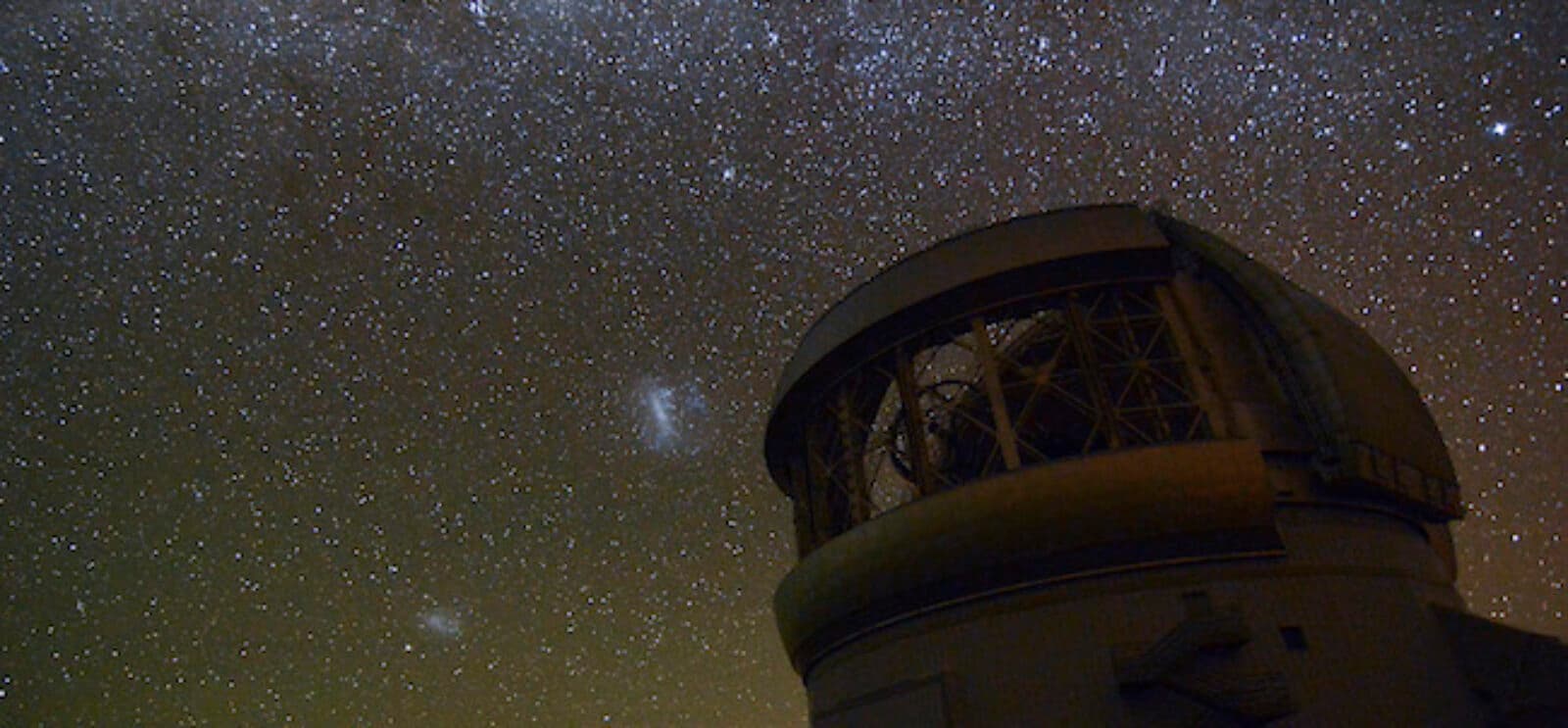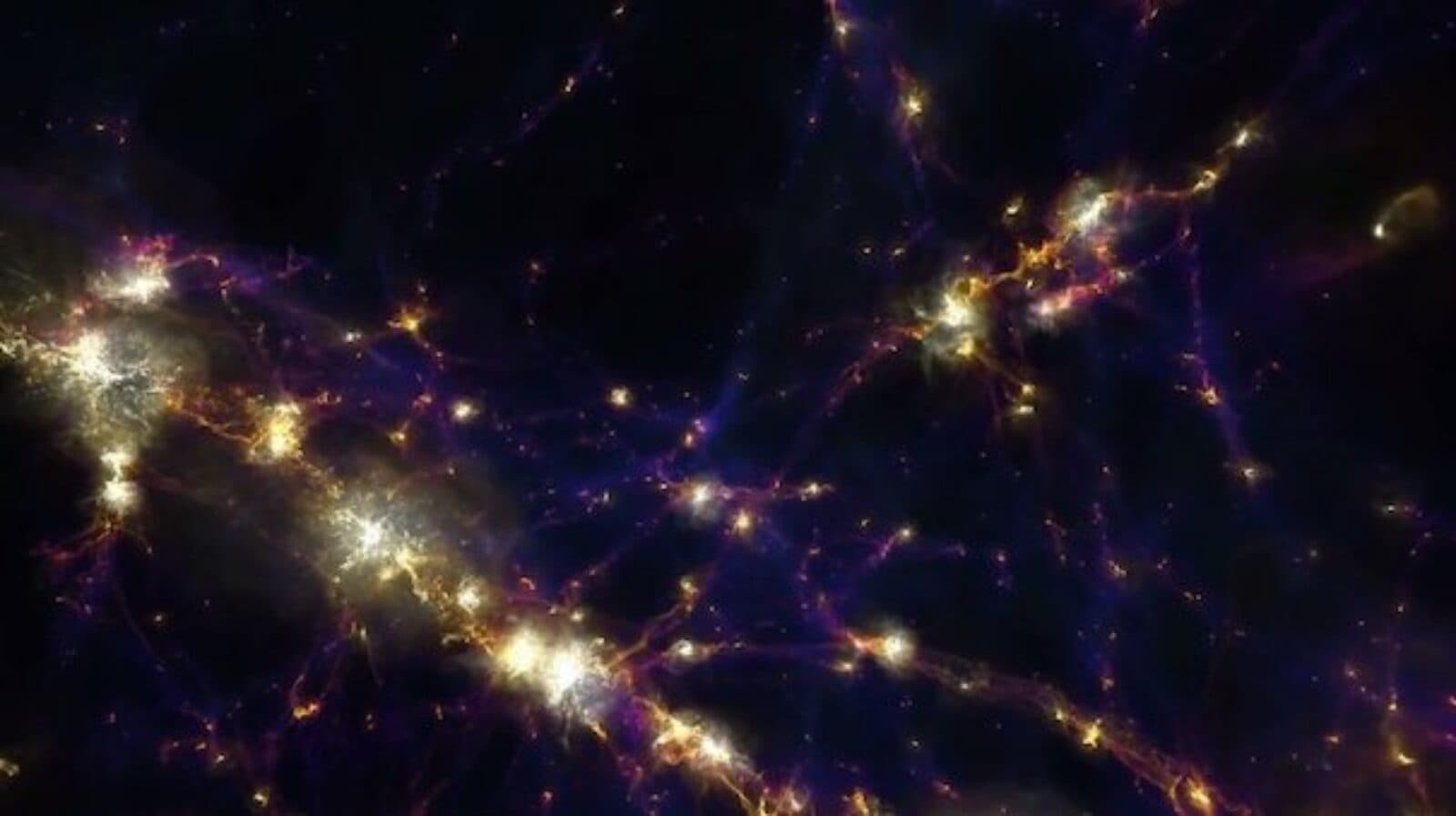Sizing Up the Universe Around Us
by Adam Hadhazy
Astrophysically speaking, Yoda was wrong when he said "size matters not"

The Author
Some of the most compelling results out of the Kavli Astrophysics Institutes in June 2019 revolved around the everyday concept of size. From the breadth of planets to the scales of entire galaxies, the size of a thing is intrinsic to its properties and behavior. When it comes to planets, we're on the lookout for worlds about the size of Earth that could reasonably be like here—that is, friendly to life and accordingly bursting with it. We seek such places to of course answer one of the most profound questions we ponder as humans, which is are we alone in the universe? We also continue to seek answers to other—if you will—big questions, like the evolution of the cosmos at large, and just how all of physics' laws might mathematically live together under one roof. Right now, gravity lives apart, as we cannot find a house expansive enough to accommodate it. With these notions in mind, here are some recent research highlights.
A research team led by Eric Nielsen and Bruce Macintosh of the Kavli Institute for Particle Astrophysics and Cosmology (KIPAC) at Stanford University have surveyed 300 stars with the Gemini Planet Imager instrument, discovering that alien solar systems around stars like our Sun do not tend to host giant worlds in orbits like that of Jupiter, our solar system's king planet.
Researchers including Mark Vogelsberger of the Kavli Institute for Astrophysics and Space Research (MKI) at the Massachusetts Institute of Technology have wielded one of the most powerful simulations of galaxies over cosmic time, called Illustris-TNG (bonus: there's a Star Trek reference in the name!), to explore how galaxies and their supermassive black holes evolve together.

Dress rehearsal for a revolutionary new telescope, the Large Synoptic Survey Telescope (LSST), with the 144-megapixel ComCam, a miniature version of the LSST's massive, 3200-megapixel camera that will scan the heavens starting in the 2020s. Kevin Reil of the Kavli Institute for Particle Astrophysics and Cosmology (KIPAC) at Stanford University is leading the way.
Holograms—3-dimensional objects arising from 2-dimensional images—could provide a way to conceptually unite four forces of nature as one big, happy, quantum mechanical family. But according to Hirosi Ooguri, Director of the Kavli Institute for the Physics and Mathematics of the Universe (Kavli IPMU) at the University of Tokyo, "quantum gravity" would still be an outlier from other forces because it would not display "symmetry"—physicists' talk for certain properties remaining the same after a system is transformed in some manner. Pesky gravity!
NASA's Transiting Exoplanet Survey Satellite (TESS) has found its smallest rocky world to date, between the size of Earth and Mars. Member of the MIT Kavli Institute for Astrophysics and Space Research developed, built, and now operate the planet-hunting mission, which aims to find potentially dozens of nearby worlds that are Earthlike in size and possibly other key physical properties.